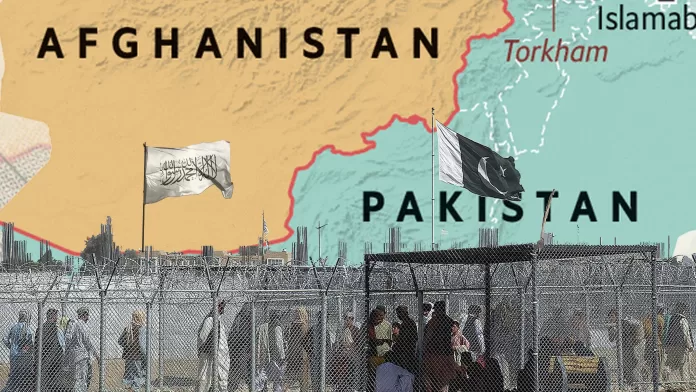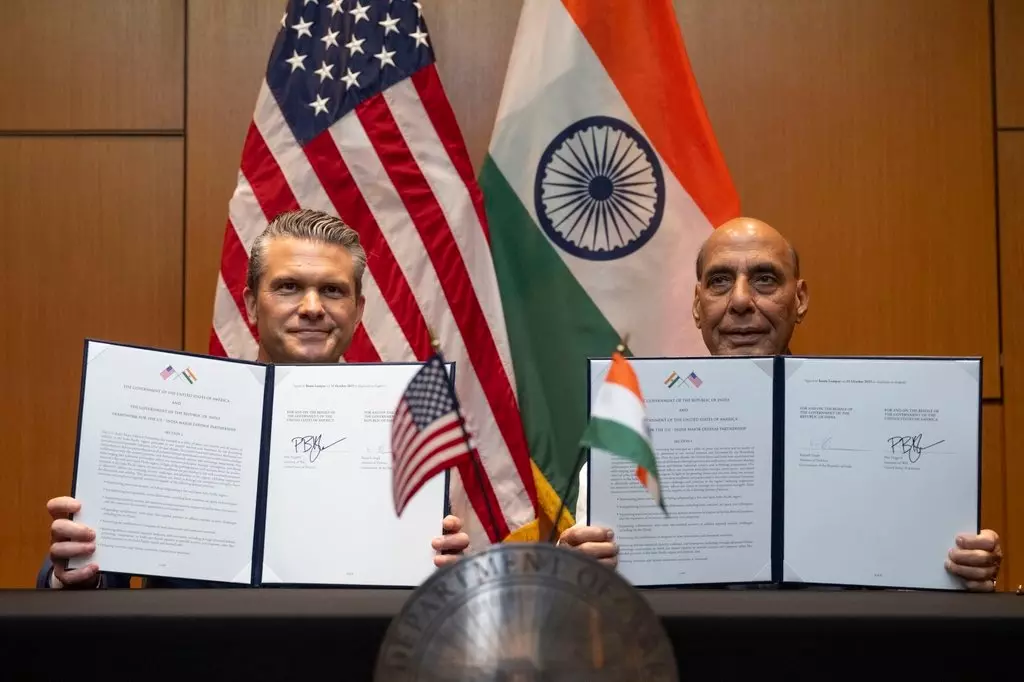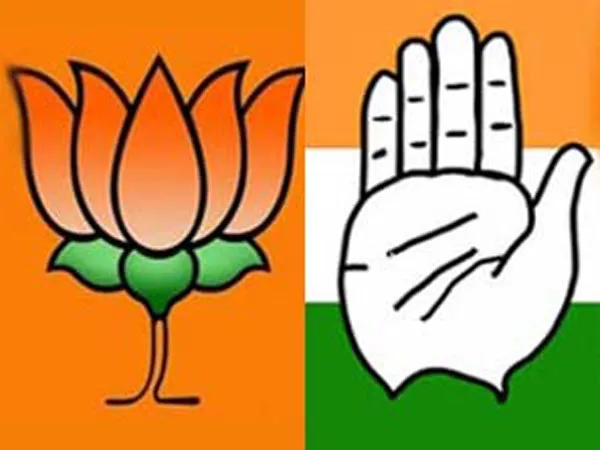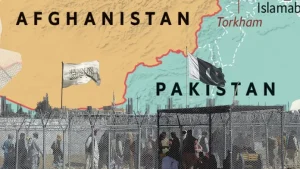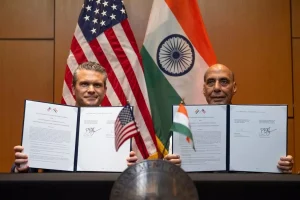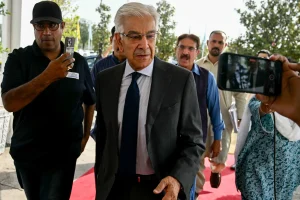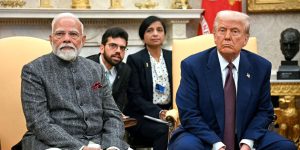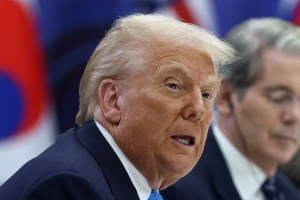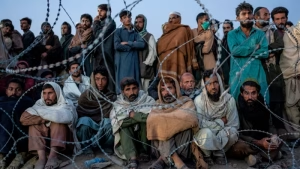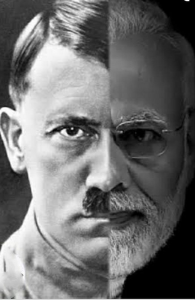Political obedience has been a cornerstone of military strategy because it brings stability, which is required to secure political power and military effectiveness against internal and external threats. It pertains to how civilian leadership, or the sovereign, ensures compliance of the military according to its political and strategic vision. Niccolo Machiavelli, in his counsel to rulers, stressed the use of all means to secure obedience to ensure safety and security. Clausewitz famously argued that war is a continuation of politics by other means, implying that military efficacy relies on its subordination to political will. Lipsius saw obedience and discipline as the glue that binds state power in times of crisis. In India’s case, the Congress era largely institutionalized obedience through bureaucratic insulation and technocratic autonomy, resulting in a cautious and reactive military posture. In contrast, the Bharatiya Janata Party (BJP) has redefined obedience as centralized strategic alignment; military reforms, operational decisions, and doctrinal shifts are increasingly synchronized with political narratives of national assertiveness or a new normal, as put after the Pahalgam crisis.
In the book ‘The Makers of Modern Strategy,’ one can find the evolution of political obedience throughout history and its importance in forming a comprehensive military strategy. With the evolution of time, ideologies, humanistic values, and religion have been used to tame the spirit of people. From the Middle Ages, when the glory of God was enough to gain obedience, to the Renaissance, when Niccolo Machiavelli introduced the principles of effective governing through love and fear, political obedience remained a much-discussed concept. Mercenaries were unreliable and untrustworthy because they lacked discipline and obedience. The Enlightenment era, with its liberal and humanistic ideas, gave rise to patriotism or nationalism to achieve the political obedience of the people. The French Revolution and Napoleonic Era (1789-1815) garnered an unprecedented level of political obedience from people because of nationalist and revolutionary ideology. Napoleonic strategy- including military victories, alliance formations, and policy objectives- was underpinned by the unwavering obedience of the people.
Under the Congress, Nehruvian idealism served as the foundation for New Delhi’s post-independence military strategy. Moral diplomacy, as demonstrated by Panchsheel (principles of peaceful coexistence), continued to take precedence over political loyalty. While portraying India as a state that prioritises peace, this normative stance lessened the strategic urgency that military readiness demands. The 1962 Sino-Indian war revealed the Indian military’s lack of readiness and strategic oversight. Initiatives such as the creation of the Defense Research and Development Organisation (DRDO) and domestic defense projects demonstrated technocratic compliance but lacked urgency and doctrinal clarity. There remained little strategic integration and bureaucratic isolation in civil-military relations. Under the Congress rule, the response to the 2008 Mumbai attack was characterized by restraint.
India’s military strategy has seen a dramatic shift under the BJP, characterized by strategic centralization and forceful political subordination. The strategic realism of Prime Minister Narendra Modi is refocusing military modernization on clear political goals. For example, New Delhi’s responses to military crises in 2016, 2019, and 2025 are thoroughly analyzed as political signaling tools. It is because military force was not used just for tactical advantage but also to strengthen national assertiveness. These activities are prime examples of Clausewitz’s theory that war is a continuation of politics through alternative means. Efforts to institutionalize obedience through simplified command and doctrinal coherence are reflected in structural reforms like the establishment of the Chief of Defence Staff (CDS) and the drive for Integrated Theatre Commands. Civil-military fusion has increased, as demonstrated in Operation Sindoor, with government supervision increasingly directing military message and execution. In his 2025 independence speech, Narendra Modi discussed a new normal that will include accountability, no fear of nuclear blackmail, and no terrorist attacks going unpunished. The Modi government completed 13 contracts totaling 1980 Indian crores using the emergency procurement procedure to increase the capabilities of the Indian army. More evidence of how political will is influencing operational readiness can be found in the accelerated border infrastructure and procurement projects. According to this approach, military activities are deeply ingrained in both military posture and national identity, redefining obedience as a strategic necessity.
Two different models of political compliance in military strategy are exemplified by the governments of the Congress and the BJP. Congress created a cautious military posture by institutionalising obedience through technocratic delegation and bureaucratic shielding. Coercive power was hindered by procedural inertia and strategic ambiguity. The analysis of Sharon K. Weiner aids in the explanation of Congress’s civil-military model, which maintained autonomy at the expense of strategic integration. The BJP, on the other hand, has made compliance a strategic alignment. From the Balakot to the Agni-5 tests, military operations are woven into political myths about the country’s comeback. Political will and doctrinal clarity are combined in the BJP’s reforms, which demonstrate Antulio Echevarria’s emphasis on strategic coherence. Under Narendra Modi, the military has become more integrated into larger ideological and geopolitical goals, and bureaucratic veto power has decreased.
When used properly, political obedience can be a strategic advantage that matches military might to national objectives. The BJP’s strategy has reinterpreted obedience as a means of forceful signaling, while the Congress model placed more emphasis on institutional continuity but lacked strategic clarity. New Delhi’s strategic identity has changed along with the government, as evidenced by the move from procedural autonomy to centralized coherence. Pakistan must comprehend this evolution because it would be beneficial to understand the political reasoning behind India’s military actions. The challenge lies in developing doctrinally sound and politically flexible replies as India’s strategic posture becomes more ideologically influenced. Against this backdrop, political obedience is no longer passive; rather, it is the framework that states and rulers have been using to mobilize people, project power, and influence public opinion.


